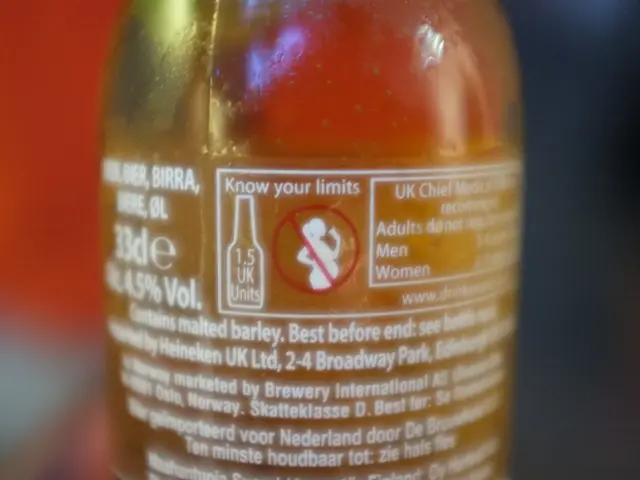AI Maps Mouse Brain in Detail, Paving Way for Targeted Treatments
Neuroscientists from UCSF and the Allen Institute have developed an AI system, Celltransformer, which has created one of the most detailed maps of a mouse brain, comprising 1,300 regions and subregions. This breakthrough could pave the way for more targeted drug treatments and a deeper understanding of the brain's structure.
The AI model analyzed spatial transcriptomics data from around nine million brain cells, revealing previously unknown subregions in little understood areas. One such subregion was found in the brainstem's formatio reticularis. The team is currently naming these new subregions and linking them to older maps for better context.
The Celltransformer AI could potentially create even more detailed maps in the future, as spatial transcriptomics continues to provide new insights into cellular structures. However, creating a similarly detailed map of the human brain may take another ten years due to data collection challenges.
The Celltransformer AI's work on the mouse brain has significant implications for human brain research. More detailed maps could lead to targeted drug treatments with fewer side effects. While data collection remains a challenge, this breakthrough brings us one step closer to a comprehensive understanding of the human brain.





